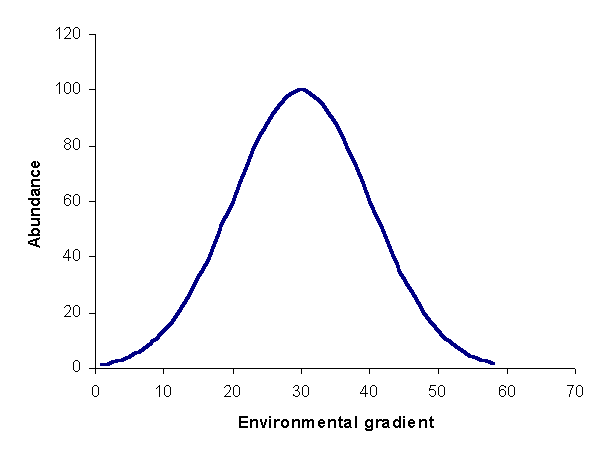How can enzymes be denatured?
1 Answer
1] By heating.
2] By adding inhibitors.
3] pH
Explanation:
1] It denatures the enzyme by uncoiling the protein. Enzymes are normally in their tertiary structure. The 3° structure have pockets in which the substrate fits. Only the primary structure of protein remains. Enzymes have a certain temperature range at which they are maximally activated. For most enzymes in our body, this temperature is 25-37°C.
2] They can be competitive/non-competitive/specific/non-specific. Usually, they cause distortion of the active site of the enzyme by binding on them. This changes the shape of the enzyme causing it to malfunction.
3] Enzymes are proteins and have certain groups on them which react on pH changes. An enzyme has an optimum activity at a certain range. For example in our stomach, the pH is around 2 and a specific type of enzyme can be active there, but in our head, the environmental pH is around 7 and these same enzymes will probably not be as active as they will in the stomach.
For one of above environmental factor, one could make a curve. Below such a curve is shown (it is just a raw sketch). When the curve gets lower (towards they =0) the activity of the enzyme will be lower. At the peak, the activity of the enzyme will be at a maximum.
 http://ordination.okstate.edu/overview.htm
http://ordination.okstate.edu/overview.htm
For a practical example of the denaturation of proteins (for example enzymes), you can think about the colour change of cooking an egg!
When cooking, the proteins get denatured and will turn into white.

